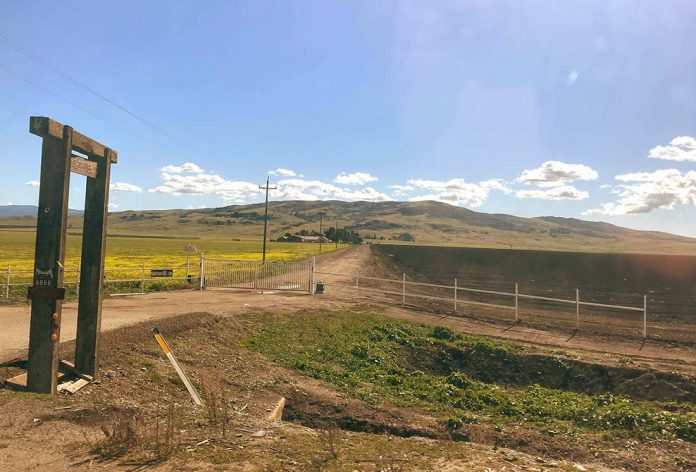
The proponents of a local initiative that would require voter approval before rural and agricultural property owners in San Benito County can rezone their land have gained enough signatures to place the measure on the November ballot, according to sources.
The results are not official, but San Benito County Assistant County Counsel Joel Ellinwood said once they are, the Board of Supervisors in June could consider adopting the growth-related measure outright as a resolution amending the General Plan, or send it to local voters on the Nov. 8 general election ballot.
In February, proponents of the initiative titled “Let the Voters Decide How San Benito County Grows” began collecting signatures from local voters. They needed signatures from 10% of the county’s registered voters—or 2,060 signatures—to qualify for the ballot, according to Andy Hsia-Coron, one of the lead proponents.
On May 2, the proponents submitted a petition with 4,092 signatures to the county elections office, Hsia-Coron said. Elections staff finished checking the signatures last week, Chief Deputy Clerk Recorder Elections Ana Maquiz confirmed.
Now, the elections office must complete an “administrative review” of the petition and verification of signatures, Ellinwood added. Although the elections office is temporarily short staffed and dealing with the June 7 primary election, Ellinwood thinks the review will be complete in time for the June 14 or June 28 board of supervisors meeting.
The deadline for the supervisors to approve a measure for the Nov. 8 ballot is Aug. 12.
The measure, if approved by the supervisors or the voters, would amend the county General Plan to require voter approval for the future rezoning of agricultural, rural, rangeland and other open space properties in San Benito County.
“This initiative gives San Benito County voters greater control over land use decisions in order to better protect our agricultural, biological and cultural resources, promote infill development and reduce sprawl development,” the proponents’ notice to circulate a petition states. “We wish to follow the example of citizens in Ventura, Napa and Sonoma counties who adopted similar initiatives over 20 years ago and successfully protected their valuable resources and quality of life.”
Hsia-Coron said the similar measures in the other counties listed above have been successful.
“The track record of other counties that have enacted things like this… has been good, and it’s been popular in those counties,” Hsia-Coron said. “That’s part of why those counties continue to have a lot of open space and more livability.”
The “Let Voters Decide” initiative was borne out of a growing discontent among county residents about local officials’ land use decisions and the disproportionate influence that private developers have on those decisions, Hsia-Coron said. Local officials seem determined to turn San Benito County into “an annex of Silicon Valley,” which doesn’t seem to be a popular idea among the majority of the population, he added.
“We’ve talked to thousands of people (who) are not happy about the pattern of developments going on in the county right now,” Hsia-Coron said. “People feel their voice has been disrespected.”
Recent high-profile examples of contentious developments that propose to transform agricultural land into higher-intensity projects include the Betabel and Strada Verde projects along Highway 101, Hsia-Coron said. Even though voters rejected a ballot measure in 2020 that would have approved the Strada Verde Specific Plan on more than 2,700 acres of mostly agricultural property, a majority of the county supervisors so far have supported the developer’s planning efforts.
The developer of the Strada Verde property near the intersection of Highway 101 and 25—Newport Pacific Land Company—is currently working on an environmental study for the project.
Hsia-Coron added that the “Let Voters Decide” measure could also affect plans to expand the county landfill. The expansion plans would require a rezoning of existing rangeland adjacent to the John Smith Road Landfill, he said.
“This is a democracy initiative that gives people a greater voice,” Hsia-Coron said. “It doesn’t do any more in terms of inhibiting people’s rights to their property than the current (planning processes). It just says instead of the supervisors, it’s the people who will decide the rezoning” of agricultural and open space lands.









